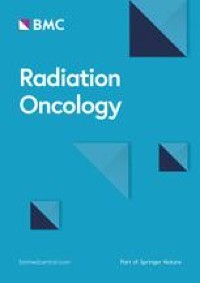Abstract
Objectives
Welding is a physically demanding job that entails exposure to metal fume and particles. There is little information on the effect of welding exposures on the outcome of a pregnancy conceived during a period when a woman was employed as a welder.
Methods
Women welders recruited to the Workers Health in Apprenticeship Trades—Metal and Electrical (WHAT-ME) study were followed-up every 6 months for up to 5 years (January 2011–August 2018), and every pregnancy recorded. At the first 6-month follow-up, a detailed questionnaire was completed for the most recent day in welding, and this information was collected again at each follow-up and also from questionnaires completed during pregnancy. The date of conception was estimated for each pregnancy and the job at that date identified. Exposures to ergonomic factors, work schedule and perceptions of noise, heat and cold were extracted for the job at conception. Exposures t o metals (aluminum, chromium, manganese, and nickel) and particles in welding fume were estimated from previously validated exposure algorithms reflecting the welding process, base metal and consumables of the job at the conception date. The effects of exposures were estimated in multilevel multivariable models allowing for confounding.
Results
There were 242 pregnancies conceived by a welder working in her trade, 87 were before the first follow-up, 3 were after first follow-up but detailed information was not collected, 22 of those potentially included in the assessment group were in-trade but not welding leaving 122 pregnancies in 90 welders for analysis. Of these 91 resulted in a live birth and 31 in a fetal loss (27 miscarriages and 4 stillbirths). Mean birth weight for live births was 3365 g and gestation 39.4 weeks. Final models showed that risk of fetal loss increased with manipulating heavy objects [odds ratio (OR) = 5.13, 95% confidence interval (CI) 2.04–12.92], whole-body vibration (OR = 5.86, 95% CI 1.81–18.92), a higher rating for noise exposure intensity (OR = 1.52, 95% CI 1.24–1.85), and decreased with use of local exhaust ventilation (OR = 0.20, 95% CI 0.03–1.18). Gestation decreased with perceived heat intensity (
β = −0.15, 95% CI −0.29 to −0.02) and number of previous pregnancies (
β = −0.35, 95% CI −0.65 to −0.05). Birth weight was lower in those reporting whole-body vibration (
β = −596 g, 95% CI −924 to −267) and increased with the welder's body mass index (
β = 36 g, 95% CI 12–61). Estimates of exposure to metals and particles were unrelated to gestation or birth weight. In a bivariate analysis, allowing for the same welder reporting >1 pregnancy, estimated airborne aluminum exposure (and to a lesser degree exposure to nickel and particles ) was related to greater risk of fetal loss (OR = 1.52, 95% CI 1.04–2.24) but neither aluminum nor the other estimated elements of welding fume added to the final model.
Conclusions
In this group of women actively engaged in welding during the time surrounding conception, the outcome of pregnancy was strongly related to work exposures, particularly vibration (reported in grinding tasks), manipulation of heavy objects, and perceived intensity of noise and heat. The study was unable to show an independent effect of exposure to metal fume constituents.




